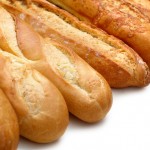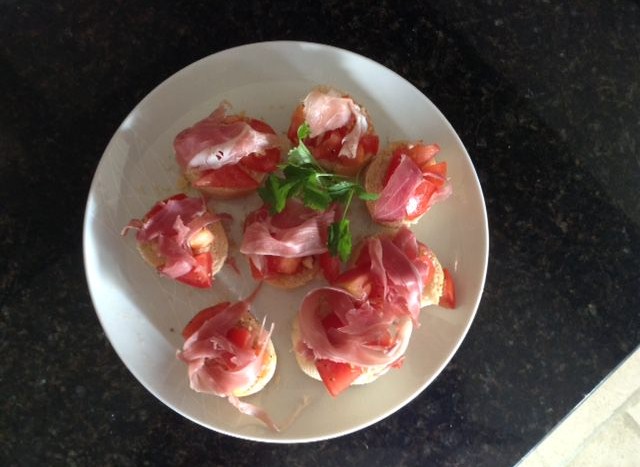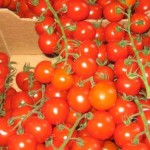Tapas are a wide variety of snacks or small light dishes in Spanish cuisine, but they can also be eaten in combinations to produce a much larger meal!
Tapas dishes can be served hot or cold. This is a simple and tasty example of a Spanish tapas dish.
Skills Check
Follow a recipe; follow food safety & hygiene rules; tidy away; use measuring spoons; chop using bridge/claw technique safely; use a toaster/grill (with adult supervision).
Allergens
Gluten | Sulphites | May contain soya
(please note the allergens listed are indicative only. Allergens vary depending on brand; check the labels on the products you use)
Equipment
Knife, chopping board, bowl, spoon, measuring spoons.
Ingredients (serves 4, or 8 as a taster):
- 4 tomatoes, chopped
- 1 garlic clove, finely chopped
- 3 tbsp olive oil
- Ground black pepper
- 8 slices of baguette
- 4 slices of serrano or prosciutto ham
Method
- Mix together the chopped tomatoes, garlic, olive oil and pepper.
- Toast the baguette slices. Spoon a little of the tomato topping on to each piece of toast.
- Tear the slices of ham into pieces and place one piece on each slice of bread.
So thinking about Spanish tomato bread tapas ...

Tomatoes are really good for us containing a wide range of vitamins and minerals. They also contain lycopene, a type of antioxidant which can help protect our bodies from disease.
Ham is high in salt and is a form of processed meat. Try to eat these types of meat in smaller amounts.
Nutritional Information
| - | Energy | 981kJ / 234kcal | 12% |
| Med | Fat | 11.3g | 16% |
| Low | Saturates | 2.1g | 11% |
| Low | Sugars | 3.6g | 4% |
| Med | Salt | 1.5g | 25% |
per 150g serving
% of an adult's reference intake
Typical values per 100g: Energy 654kJ / 156kcal
Notes
A traffic light system is used on nutrition labels to make it easier to see which foods and drinks are lower in calories, fat, sugar and salt. Try and choose more ‘greens’ and ‘ambers’ and fewer ‘reds’, and stick to smaller portions of ‘reds’.
Just because a recipe or a food has a red traffic light doesn’t mean you shouldn’t eat it. Understanding why a food or recipe might have a red light can be helpful. For example oily fish is high in total fat and so any recipe containing oily fish is likely to be ‘red’ for fat. But it is recommended that we eat oily fish at least once a week because the type of fat it contains is beneficial for our health.
% Reference Intakes are also shown. Reference Intakes are guidelines about the approximate amount of particular nutrients and energy required for a healthy diet (based on an average-sized woman doing an average amount of physical activity). Most children will require less than these Reference Intakes. The contribution of one serving of a food or drink to the Reference Intake for each nutrient is expressed as a percentage.




